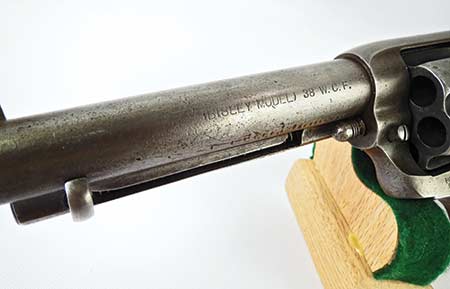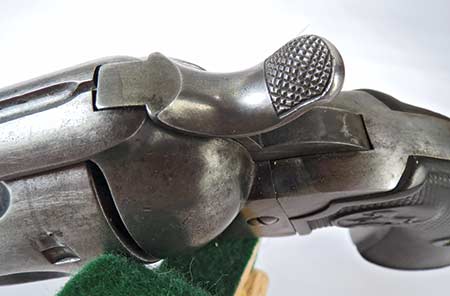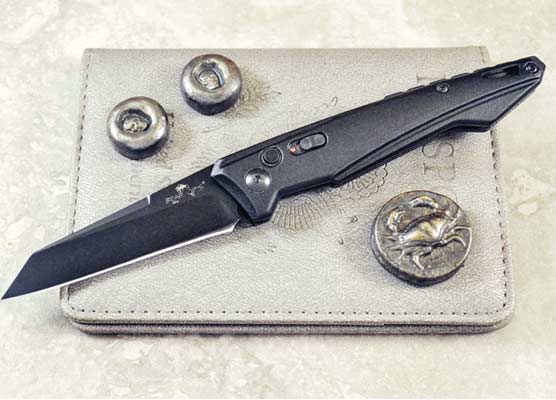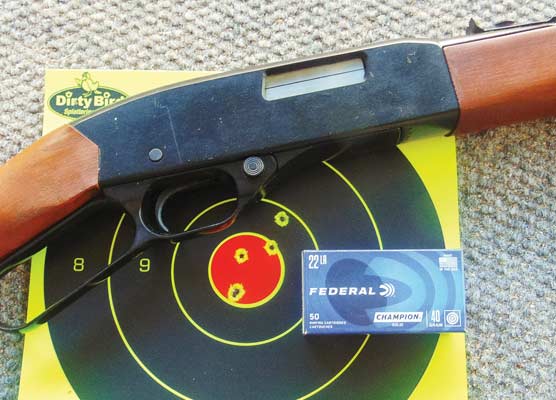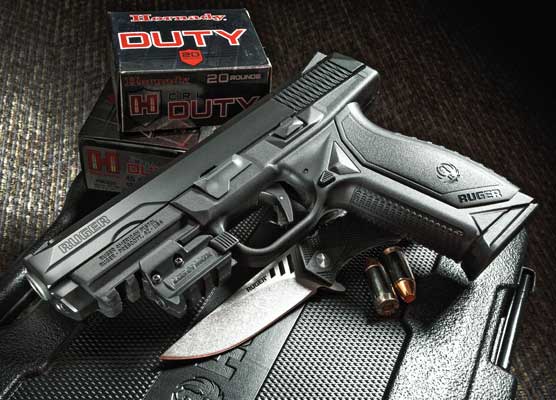THE GUN WITH THE FUNNY GRIP
An Appreciation Of The Colt Bisley
Where in the world did the name Bisley come from in reference to handguns? It was simply the name of a shooting range in England and some Americans were going there to compete. They asked Colt to remodel the Single Action Army to accommodate their specific needs. Target shooters back then used a funny sort of limp-wristed hold compared to today, so Colt changed the SAA’s grip to almost turn back under the main frame.
To be quite honest, it looks funny as all get-out. But funny looking handguns have never seemed to overly bug the British. To aid shooters doing formal paper target shooting Colt also put a wider and lower hammer spur on Bisley sixguns. Whereas the odd-shaped grip frame is negatively commented on by most SAA lovers, hardly anyone criticizes the hammer spur. In fact when grafted onto standard SAA’s, Bisley hammer spurs have proven so appealing I’ve heard after-market ones are being sold now. Also just for the record, Bisley triggers are significantly wider than regular SAA ones.
Someone right now is thinking, “Grafted? Why not just take a Bisley hammer and stick it in a standard SAA?” It won’t fit. Colt did not simply adapt a new grip frame to regular SAA frames. Where Bisley hammers meet the revolver’s main frame are wider than standard Colt hammers, and necessitate a wider frame-gap there. Also Bisley frames are deeper from top to bottom than SAA frames meaning grip frames are not interchangeable. (Odd in itself because Colt SAA grip frames and those of cap-and-ball Colt 1851/1861 Navy and 1860 Army grip frames are interchangeable. I’ve switched them several times.)
While Bisley and SAA differences are significant, there are many more similarities. One is standard barrel lengths. Both versions were offered with 4-3/4-, 5-1/2- and 7-1/2-inch lengths. I’ve seen the SAA with others such as the 3-inch Sheriff’s Model or 12-inch Buntline, but never such an anomaly on a Bisley. SAA and Bisley barrels are interchangeable but the latter ones are stamped as such. Also, finishes were the same: blue with color case-hardened frame and hammer or fully nickel plated. By the time the Bisley version appeared Colt’s standard material for SAA grips had changed from wood to hard rubber, and so likewise, standard Bisley grips were checkered hard rubber.
At its inception the Bisley came in two variations. One, of course, was the target model with flattop frame holding an adjustable rear sight, with the front sight a correspondingly higher, thicker blade. The second variation was exactly like the SAA with a groove down the frame’s topstrap as a rear sight with a rather sharp-edged rounded blade front.
Standard Bisley Colts were chambered for 18 calibers and the target versions for 14. All of them are also counted among the SAA’s 30 known chamberings. They ranged from a single Bisley made as a .44 Smooth Bore used in the Wild West shows of the day, to a maximum of about 13,500 in .32 WCF (.32-20). In order of popularity, most Bisleys were chambered for .32 WCF, .38 WCF, .45 Colt, .44 WCF and .41 Colt. Conversely, the popularity order for standard SAA’s was .45 Colt, .44 WCF, .38 WCF, .32 WCF and .41 Colt.
Colt Bisley revolvers were made from 1894 to 1912, but according to research books the last one was not shipped from the factory until 1919. According to my books about 45,300 were made in total. Over 312,000 regular SAA’s were made before production ceased in 1941. And over 1/4 million more have been made in 2nd and 3rd generations. Therefore, you could logically assume the price of a decent Bisley would be more than a similar condition SAA. Not so. I assume this is a result of movies and TV shows which have been full of regular Colt six-shooters. The only movie I can recall showing a Bisley was from the 1980’s named The Gray Fox starring the late Richard Farnsworth.
In my almost 50 years of buying, selling, trading and shooting Colt single action revolvers, I’ve only owned four Bisleys. The first was a neat little package: a Bisley converted to .38 Special and fitted with Smith & Wesson target sights. Next came one converted from .38 WCF to .45 Colt. The previous owner had kept the original barrel and cylinder and wanted his Bisley back so it could be restored to its original caliber. For it he traded me a 5-1/2-inch-barreled .45 Bisley. It was sold when I was raising bucks to buy WWII full-autos. Just the month prior to this writing I impetuously bought another—a 5-1/2-inch .38 WCF. I don’t know why, for like so many other Colt SAA fans I don’t care for a Bisley’s appearance. Maybe I just thought my assortment of Colts wouldn’t be complete without one. Or maybe I just don’t have good sense.

Get More Revolver Content Every Week!
Sign up for the Wheelgun Wednesday newsletter here:

